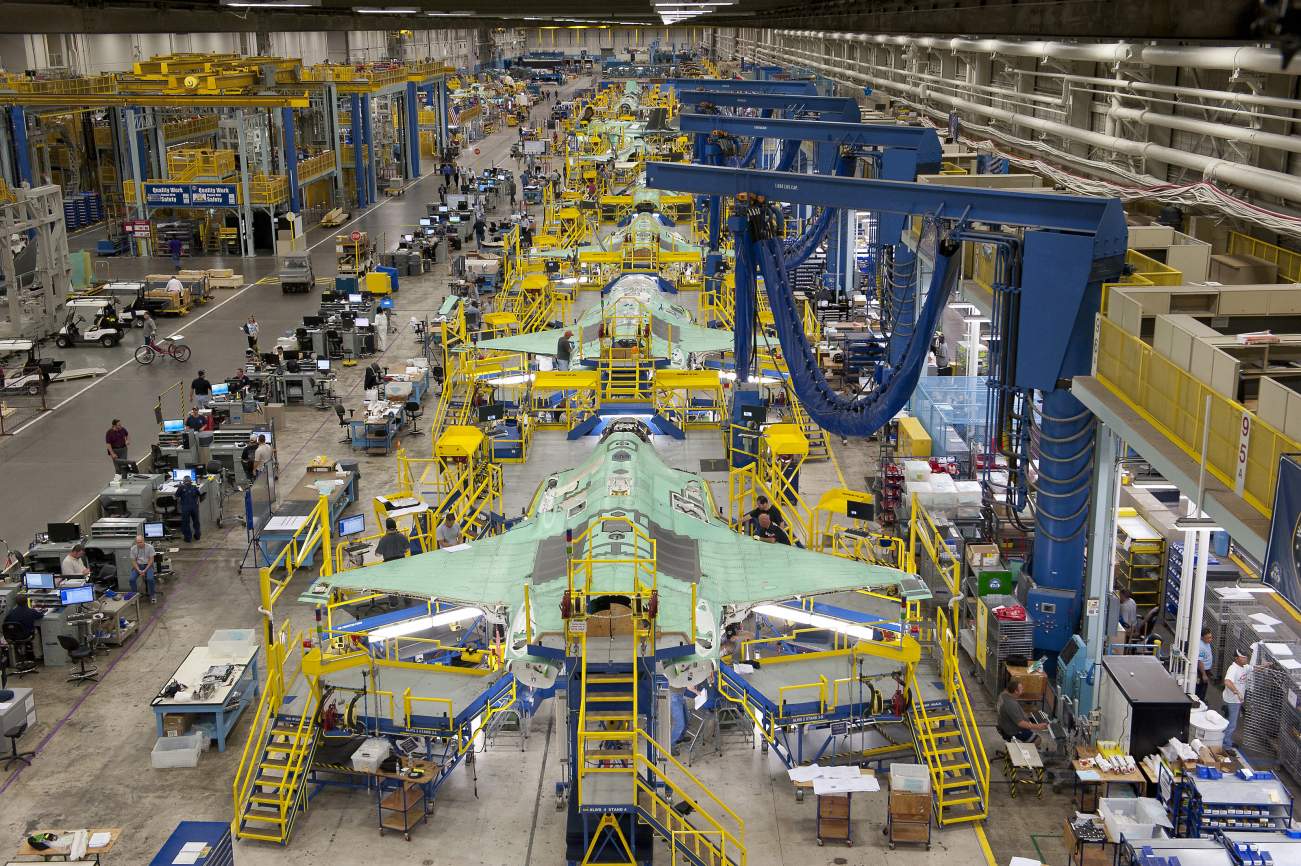The devastating 9/11 attack put the global intelligence community in overdrive and forced agencies to reform and retool in order to fight international terrorism. The US Congress, for instance, spent billions of dollars to support the transformation of the CIA and other components of US intelligence. Following the 26/11 Mumbai attacks, India’s security architecture too underwent changes and has since been able to unravel numerous terror plots.
But the world today is confronted with security threats that go beyond terrorism.
In 2018, it was reported that a senior IAF officer was sharing sensitive information with two women he had befriended on Facebook. It was later discovered that he had been honey-trapped by a spy agency that was using fake social media profiles. Certainly, the officer knew that he was acting against the Official Secrets Act. But the incident itself is a testament to how technology can be and is being used for espionage. Since then, many such cases have been reported. It is near impossible to identify the different ways in which technology can pose a threat to intelligence agencies.
While the top brass can issue orders to be mindful of sharing sensitive information with strangers on the internet, it should be the mandate of the RAW, as India’s primary external intelligence agency to train its workforce to identify such threats and employ strategies to mitigate them. Simultaneously, the RAW should also see how it can best use emerging technologies to achieve its goals.
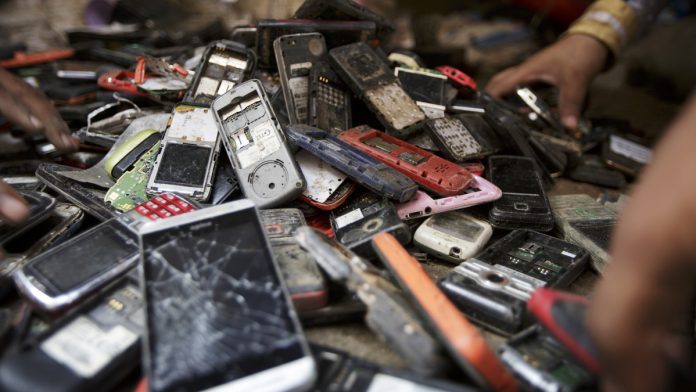





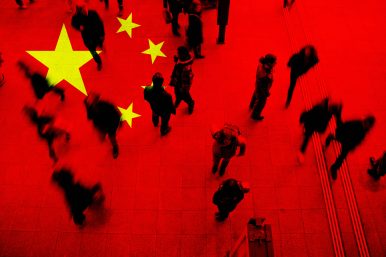
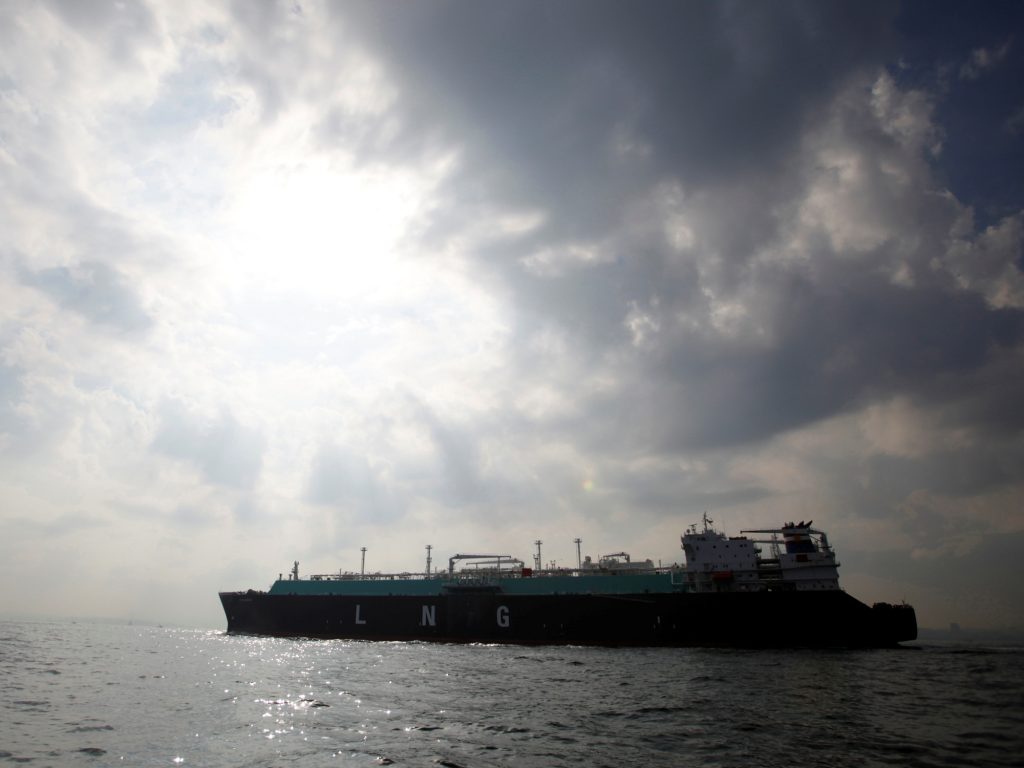
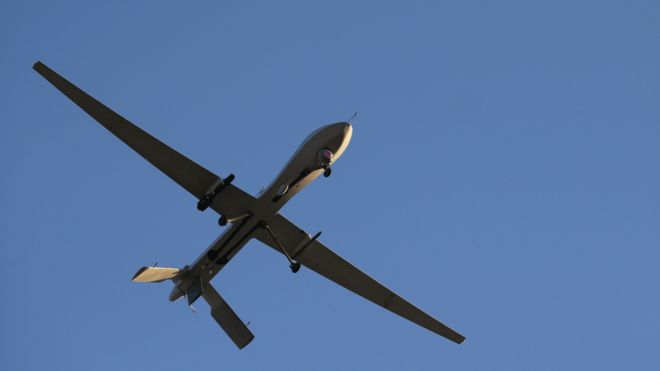
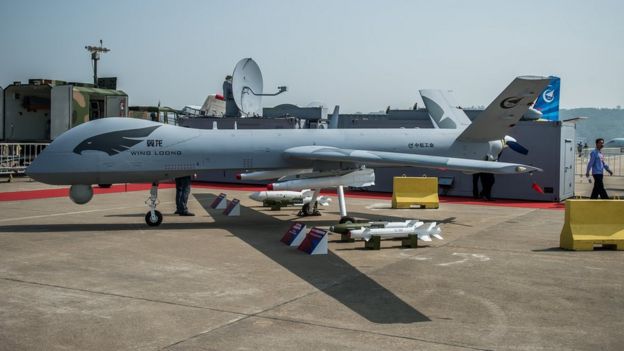
/arc-anglerfish-arc2-prod-mco.s3.amazonaws.com/public/DDVYAABF3NGITMBVNHWNAV5OF4.jpg)











